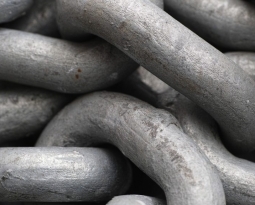Norwest Corporation v. Commissioner, 110 T.C. 454 (1998)
Background
Norwest Corporation v. Commissioner, 110 T.C. 454
Between 1986 and 1991, Norwest Corporation and its subsidiaries developed and modified software for the internal management and administration of its businesses. The issue at hand is whether internal software activities constitute as qualified research. Eight of Norwest’s software projects were selected to test if they constituted as R&D.
Basic Facts
In order for internal use software to qualify as a qualified research expense (QRE) for the Research and Experimentation Tax Credit, the taxpayer must seek to discover new technological information that is definitively separate from previous products it has developed. On top of the general 4-Part Test, Congress introduced a three-part “high threshold of innovation” test to qualify internal use software (IUS).
The Seven- Part Test is as follows:
- There must be “technical uncertainty.”
- There must be “new functionality.”
- A “process of experimentation” must be involved.
- The new product or process must be “technological in nature.”
- The software needs to be “innovative.”
- The development of the software must involve “significant economic risk.”
- The software is NOT “commercially available.”
Court’s Decision
The Court found that one of Norwest’s software projects, SBS customer module: Strategic Banking System, constituted as qualified research and the other 7 internal software projects failed to satisfy the tests required to obtain the tax credit.
Click Here to view the full case: Norwest Corporation v. Commissioner, 110 T.C. 454 (1998).
















